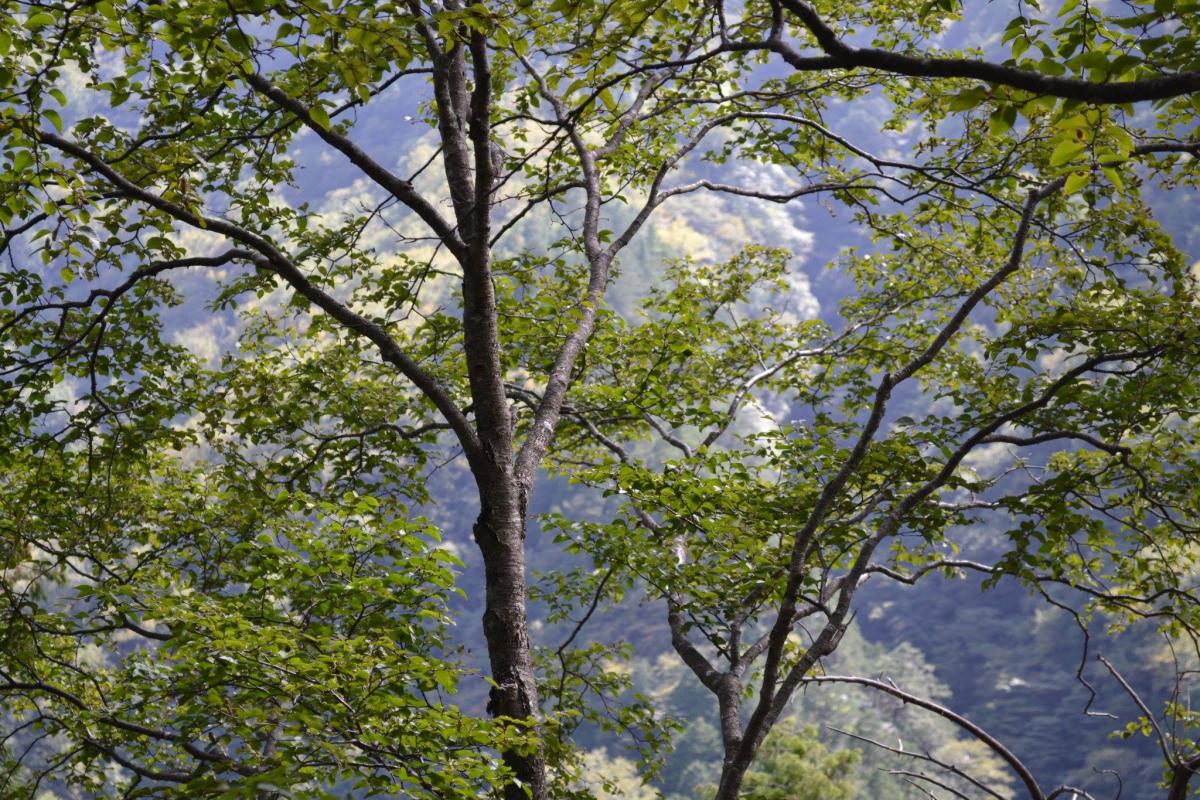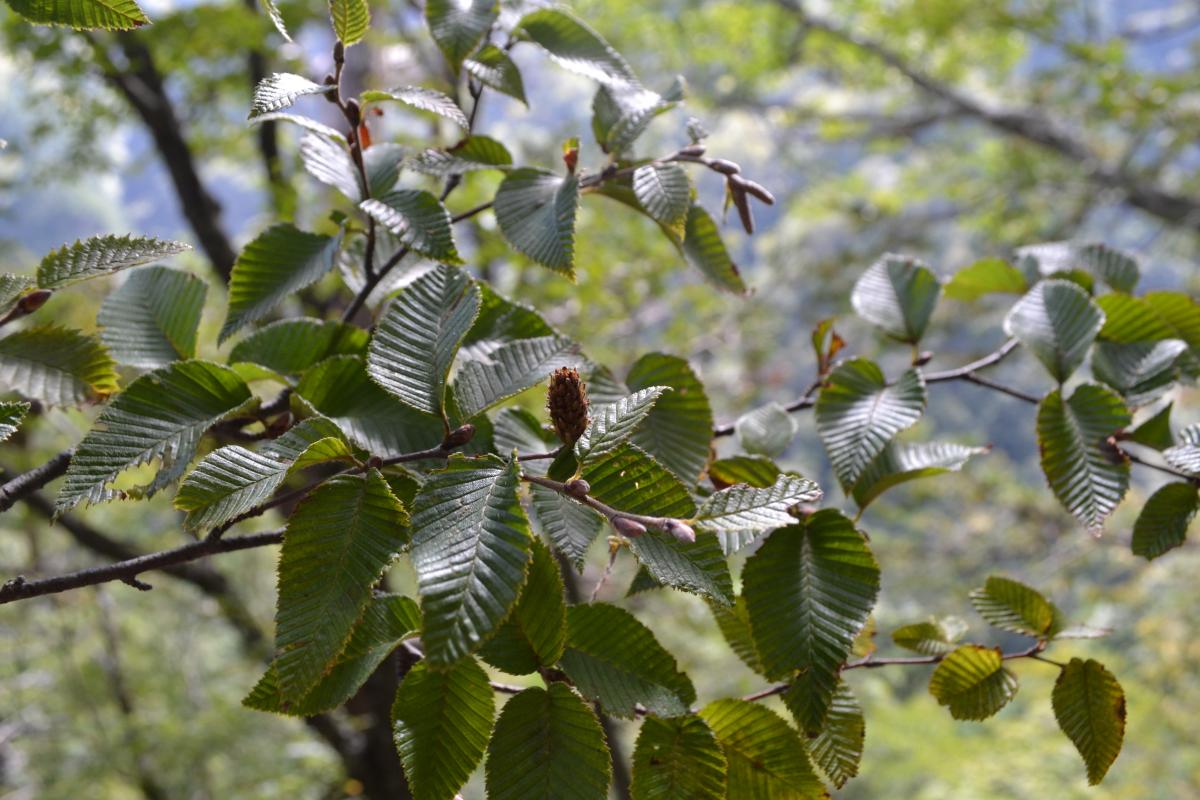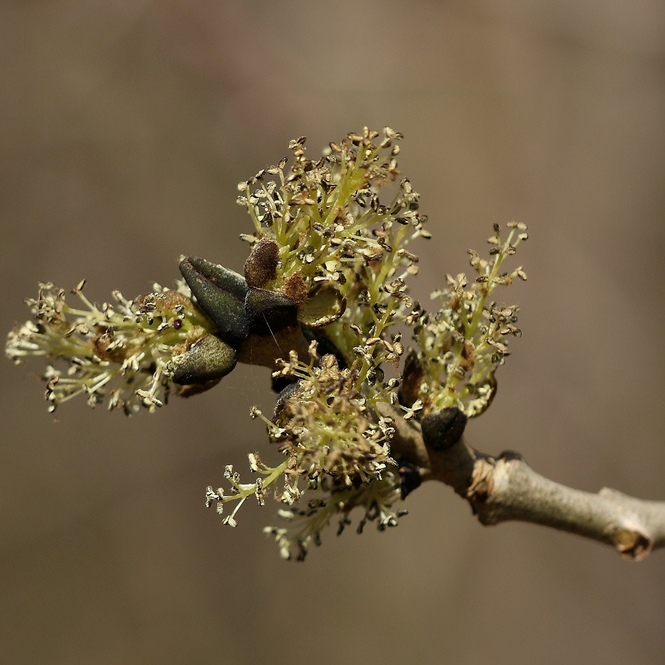Botanists work together to assess the world’s tree species
Today we celebrate the UN International Day of Forests by highlighting the partnership of the International Union for Conservation of Nature (IUCN) and Botanic Gardens Conservation International (BGCI), in a project that unites the world’s botanists.
The Global Tree Assessment aims to assess the conservation status of all 60,065 of the world’s tree species by 2020. Launched in 2016, this ambitious project has already assessed one-third of global tree species. One-sixth of these species are listed on the IUCN Red List of Threatened Species™, over 63% of which are threatened with extinction.
“The aim of the Global Tree Assessment is to ensure that no species go extinct,” says Sara Oldfield, Co-Chair of IUCN Global Tree Specialist Group. “The assessment explores DNA, centuries of herbarium data, tree counts and satellite images of forests to determine the conservation status of trees. Once we recognise the conservation status of the world’s tree species, we can ensure the development of successful sustainable forest management and species conservation strategies to protect them.”
Trees are essential to all life on earth, providing resources such as food, shelter and clean air. In cities, they reduce flood risk and enhance mental health and well-being. Forests act as a carbon sink and are important for helping to offset some of the projected impacts from climate change. The Amazon rainforest is home to over 400 billion trees, of which 16,000 species are native, and it stores more than a third of all the carbon in forests worldwide. Forests are also economically valuable - the UN Food and Agriculture Organisation estimates that forest industries alone provide more than US$450 billion to national incomes.
The Global Tree Assessment has already recorded a number of success stories. For the first time, all species of ash (Fraxinus spp.) have been assessed for the Red List, and 79% are not threatened with extinction in the wild. Ash is a hardwood sold for firewood and used to make guitar bodies, baseball bats and archery bows. Eleven species of ash are at high risk of going extinct in the near future. Six of these species are experiencing rapid population decline in North America due to the invasive Emerald Ash Borer beetle (Agrilus planipennis). The beetle has the potential to destroy 80% of ash species, but conservation measures are being implemented to try to curtail the destruction of the trees.
“We are pleased with the progress of the Global Tree Assessment so far,” says Malin Rivers Red List Manager at BGCI. “Conservation projects, which include seed collection, training conservationists and supporting governments to implement conservation action plans are helping to save tree species such as Japan’s, Critically Endangered Betula chichibuensis, which has a population of fewer than 50 mature individual trees. We encourage everyone to get involved by contributing tree conservation assessments, promoting tree diversity or donating to the project.”
Progress on the Global Tree Assessment continues over 2018, with a number of planned workshops across Asia, the Caribbean, Australia, Africa and Europe. More about the project, including how to get involved can be found here.




